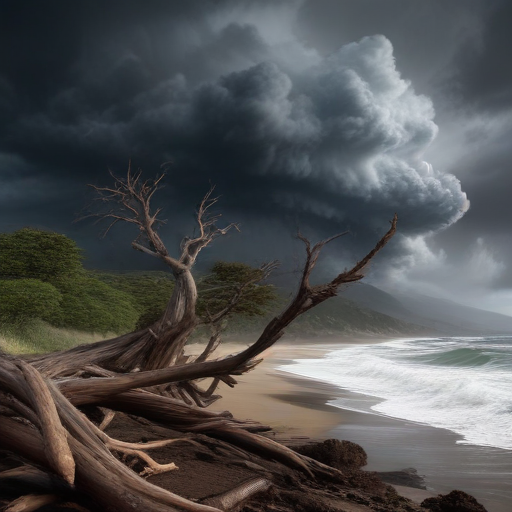A significant weather event has unfolded across northern California, the Pacific Northwest, and British Columbia, as depicted in recent satellite imagery from NOAA’s GOES-18 (GOES West). From November 19 to 20, 2024, a powerful mid-latitude cyclone, associated with a strong atmospheric river, has created conditions that are both intense and dangerous for the region.
This weather system has brought with it severe winds, heavy rainfall, and substantial mountain snowfall, leading to heightened risks for flash floods, rock slides, and debris flows. Satellite imagery reveals a prominent low-pressure system approximately 300 miles off the Washington coast, which is pulling in moisture-laden air from the Pacific Ocean. The storm has thus far been responsible for at least two fatalities, left hundreds of thousands without electricity, and caused widespread tree damage, alongside blizzard conditions in the Cascade Mountains.
This storm has been classified as a “bomb cyclone,” characterized by a rapid decrease in atmospheric pressure that indicates a significant intensification of the system within a short timeframe. The GOES West satellite plays a crucial role in monitoring such extreme weather phenomena, offering real-time data and imagery that aid in understanding and predicting storm behavior.
The ongoing coverage from the GOES West satellite highlights the importance of preparedness in the face of such extreme weather. While the current conditions are challenging, the responses from local authorities and communities demonstrate resilience and a commitment to safety. As the region navigates through this powerful storm, it serves as a reminder of the need for vigilance and readiness when dealing with severe weather events.
In a hopeful outlook, the improvements in forecasting technology and satellite imaging can lead to better preparedness and swift responses in the future. This incident may encourage more investment in infrastructure and community resources to withstand such storms.
